Metatarsal pads - which one is right for me? This article explores the different types of metatarsal pads and their indications and uses for forefoot pain, metatarsalgia, forefoot capsulitis and forefoot bursitis.
Differences in metatarsal pads at Myfootshop.com
Which metatarsal pad is right for me?
Why is one metatarsal pad better than another? There's a number of differences in our metatarsal pads and I address each of those differences below, but first, let's talk about the similarities of metatarsal pads.
What are metatarsal pads used for?
Metatarsal pads are used to off-load the forefoot. By taking load off of the ball of the foot, metatarsal pads help to redistribute load bearing. In essence, metatarsal pads work to increase the surface area of load bearing. By doing so, metatarsal pads will help to treat forefoot pain including capsulitis, bursitis, forefoot callus and metatarsalgia.
The second thing that a met pad can do is to lift and separate the metatarsal heads. This becomes very important in treating Morton's neuroma. In the case of Morton's neuroma, the primary task of the met pad is to stabilize the metatarsal heads and decrease the entrapment of the interdigital nerve. Same placement of the met pad as used to off-load the forefoot, but in this second use, just a little bit different method of action.
Let's take a look now at the differences between each of our adhesive-backed metatarsal pads. I'll list the metatarsal pads in density or firmness. So the first metatarsal pad (felt) is the most firm).
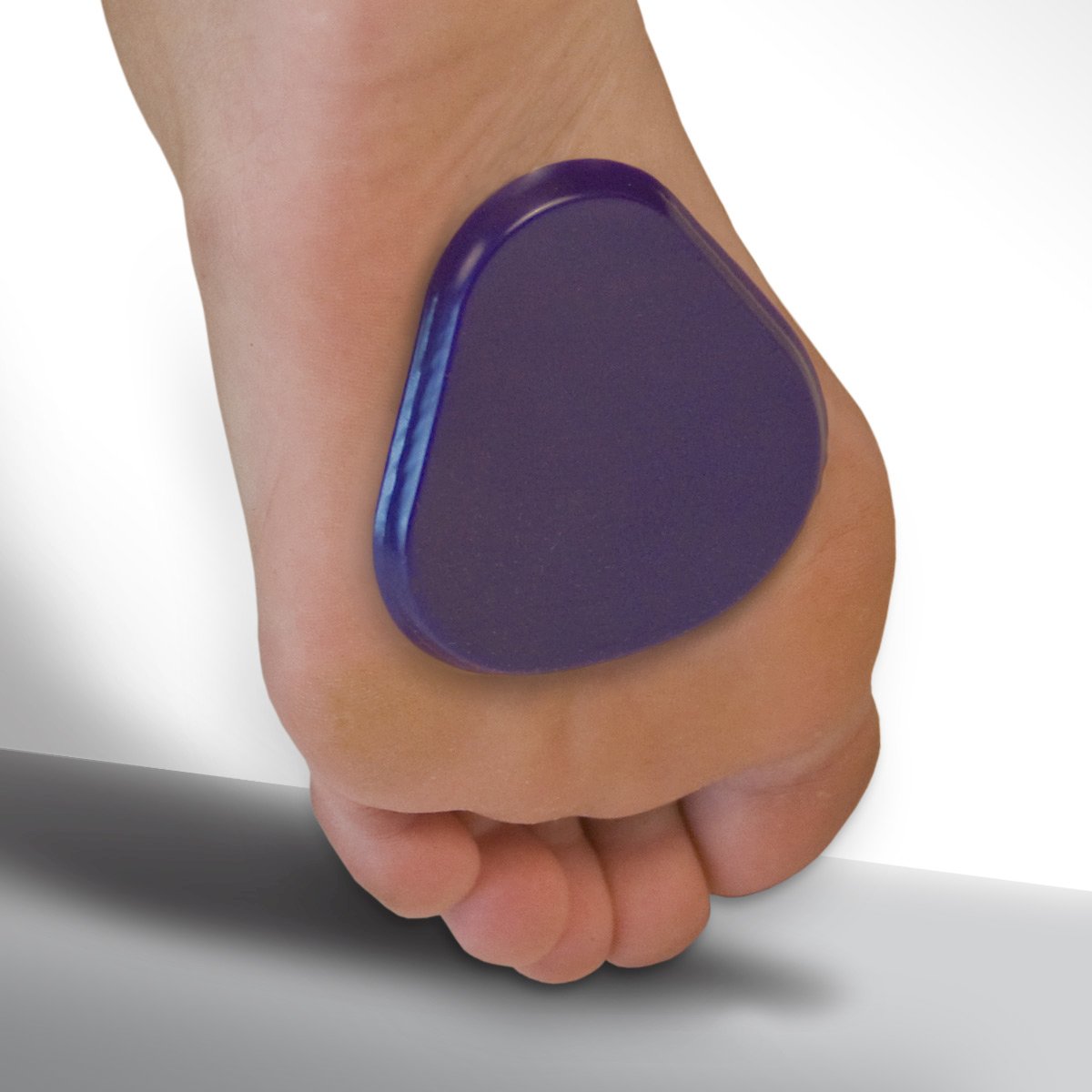 Reusable Gel Metatarsal Pad - Although not adhesive-backed, the Reusable Gel Metatarsal Pad has a unique property in that the sticky side of the pad is reactivated by washing in soap and water. Adhesive? Sort of, but different than all of the other metatarsal pads that we've discussed in this article. The Reusable Gel Metatarsal Pad is one of our top sellers. It's the firmest of all of our metatarsal pads and comes in two thicknesses. The reason the Reusable Gel Metatarsal Pad is so popular is that first, it's reusable. And second, you can use it in different activities and conditions. Get it wet and it'll perk up to be used again. Use it under a sock around the house.
Reusable Gel Metatarsal Pad - Although not adhesive-backed, the Reusable Gel Metatarsal Pad has a unique property in that the sticky side of the pad is reactivated by washing in soap and water. Adhesive? Sort of, but different than all of the other metatarsal pads that we've discussed in this article. The Reusable Gel Metatarsal Pad is one of our top sellers. It's the firmest of all of our metatarsal pads and comes in two thicknesses. The reason the Reusable Gel Metatarsal Pad is so popular is that first, it's reusable. And second, you can use it in different activities and conditions. Get it wet and it'll perk up to be used again. Use it under a sock around the house.
____________________
Metatarsal Pad - Felt is by far our best seller. The durability of the felt metatarsal pads is their best attribute. Felt is boiled, compressed wool and one of the oldest, most reliable forms of padding that has been used for centuries. Prior to the invention of rubber, felt was used for under padding on horse saddles, mattresses - you name it. Felt is still a durable and user-friendly substance in that it absorbs moisture and dries to its original size and shape. Felt metatarsal pads are skived, meaning the edges are rounded to feel more comfortable to the user. felt metatarsal pads can be used directly on the foot or in the shoe.
____________________
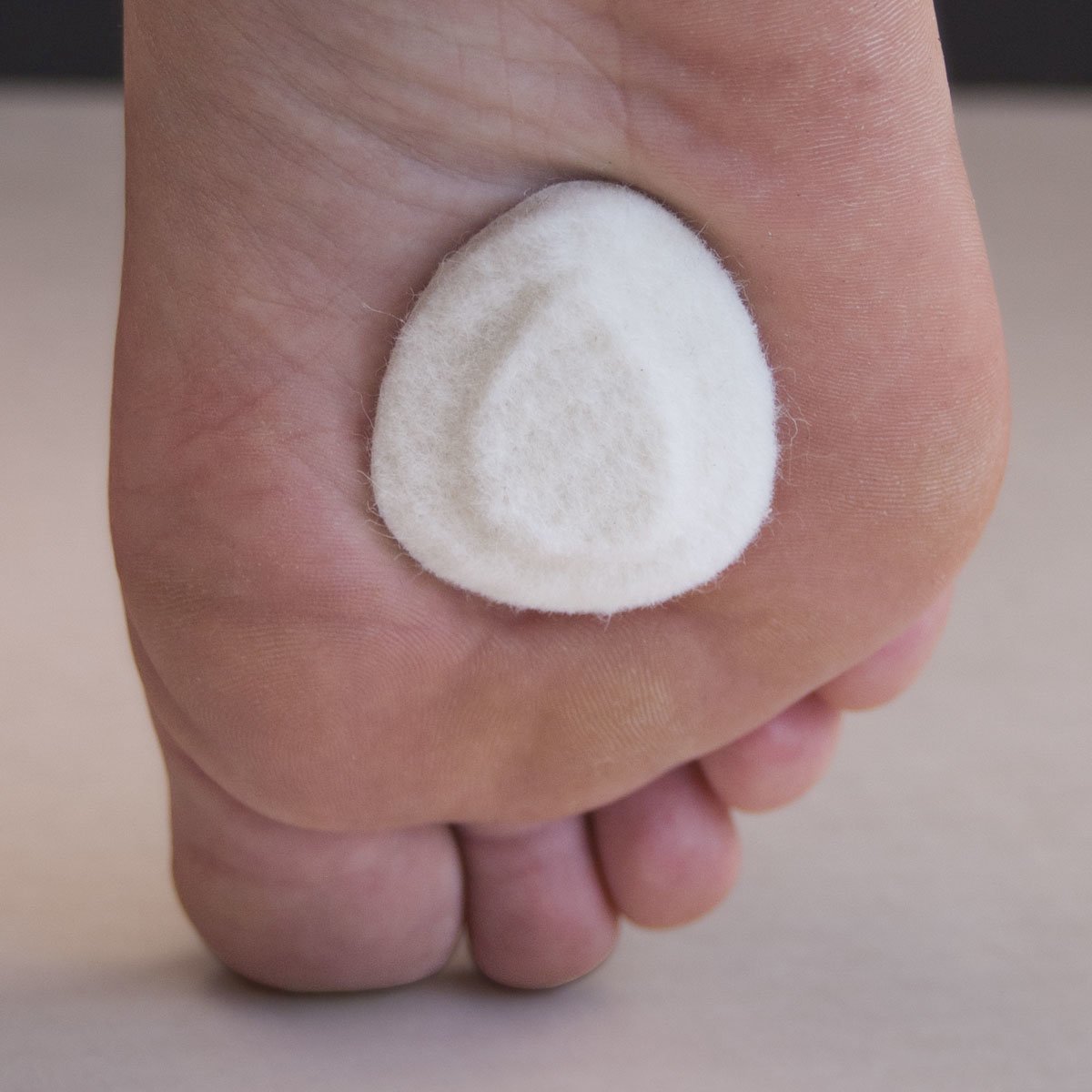 Neuroma Pads - Mini Felt are also a popular metatarsal pad. Neuroma Pads - Mini Felt are made of the same durable felt in our felt met pads, just a hitch smaller. neuroma pads - Mini Felt can be used directly on the bottom of the foot or in the shoe.
Neuroma Pads - Mini Felt are also a popular metatarsal pad. Neuroma Pads - Mini Felt are made of the same durable felt in our felt met pads, just a hitch smaller. neuroma pads - Mini Felt can be used directly on the bottom of the foot or in the shoe.
____________________
 Metatarsal Pad - PPT. PPT is a proprietary medical-grade foam produced by Langer Biomechanics. PPT is designed to absorb rapid repetitious shock. PPT retains 95% of its pressure absorbing capacity under extreme conditions such as long-distance running. We recommend use of PPT metatarsal pads in the shoe and not directly on the foot.
Metatarsal Pad - PPT. PPT is a proprietary medical-grade foam produced by Langer Biomechanics. PPT is designed to absorb rapid repetitious shock. PPT retains 95% of its pressure absorbing capacity under extreme conditions such as long-distance running. We recommend use of PPT metatarsal pads in the shoe and not directly on the foot.
____________________
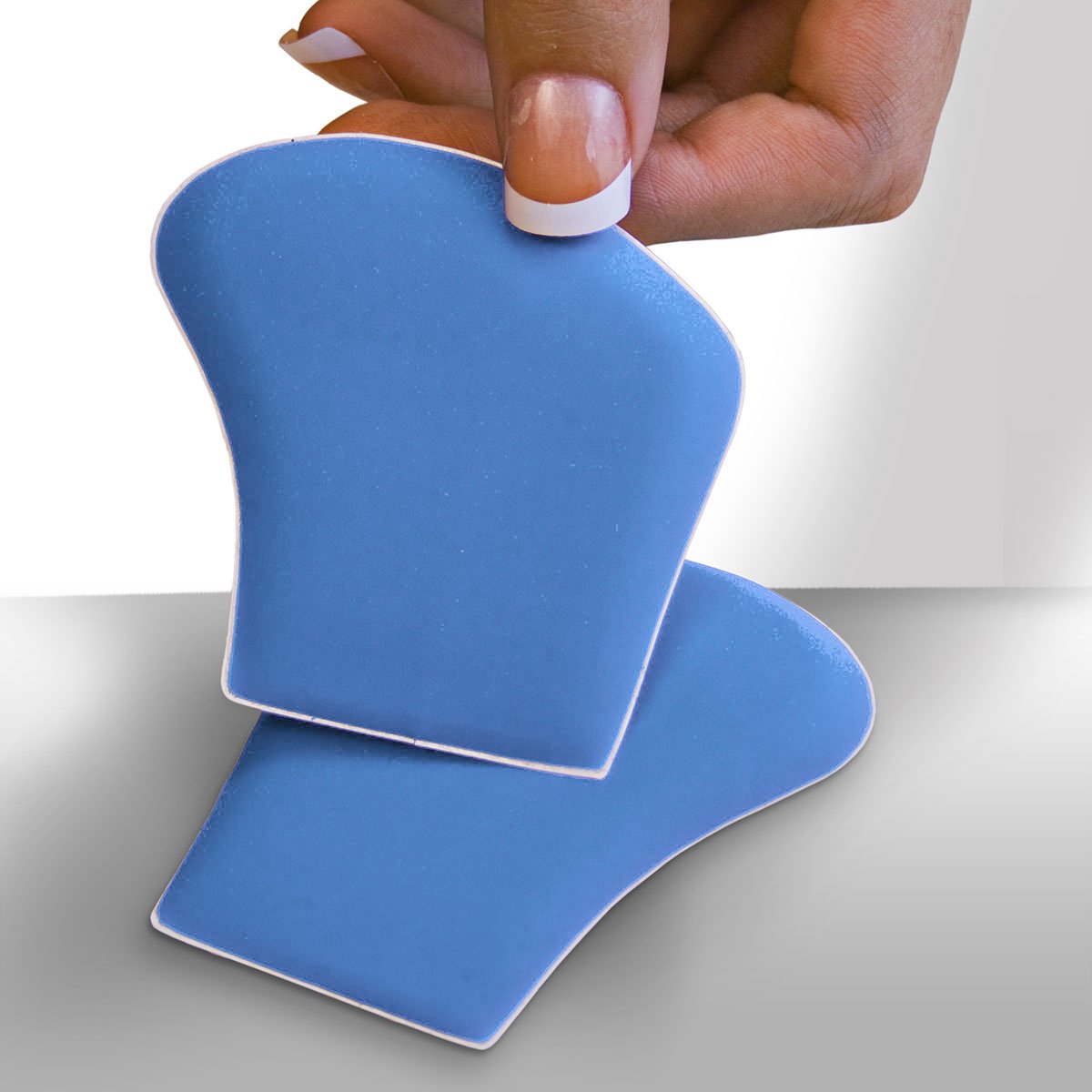 Metatarsal Bar PPT Cushions are the same material used in our PPT metatarsal pads just shaped in a more broad shape. Metatarsal bars are a common addition to Rx orthotics when support is needed across the entire 1-5 set of metatarsal heads. Metatarsal Bar Cushions PPT shoe be used directly in the shoe.
Metatarsal Bar PPT Cushions are the same material used in our PPT metatarsal pads just shaped in a more broad shape. Metatarsal bars are a common addition to Rx orthotics when support is needed across the entire 1-5 set of metatarsal heads. Metatarsal Bar Cushions PPT shoe be used directly in the shoe.
____________________
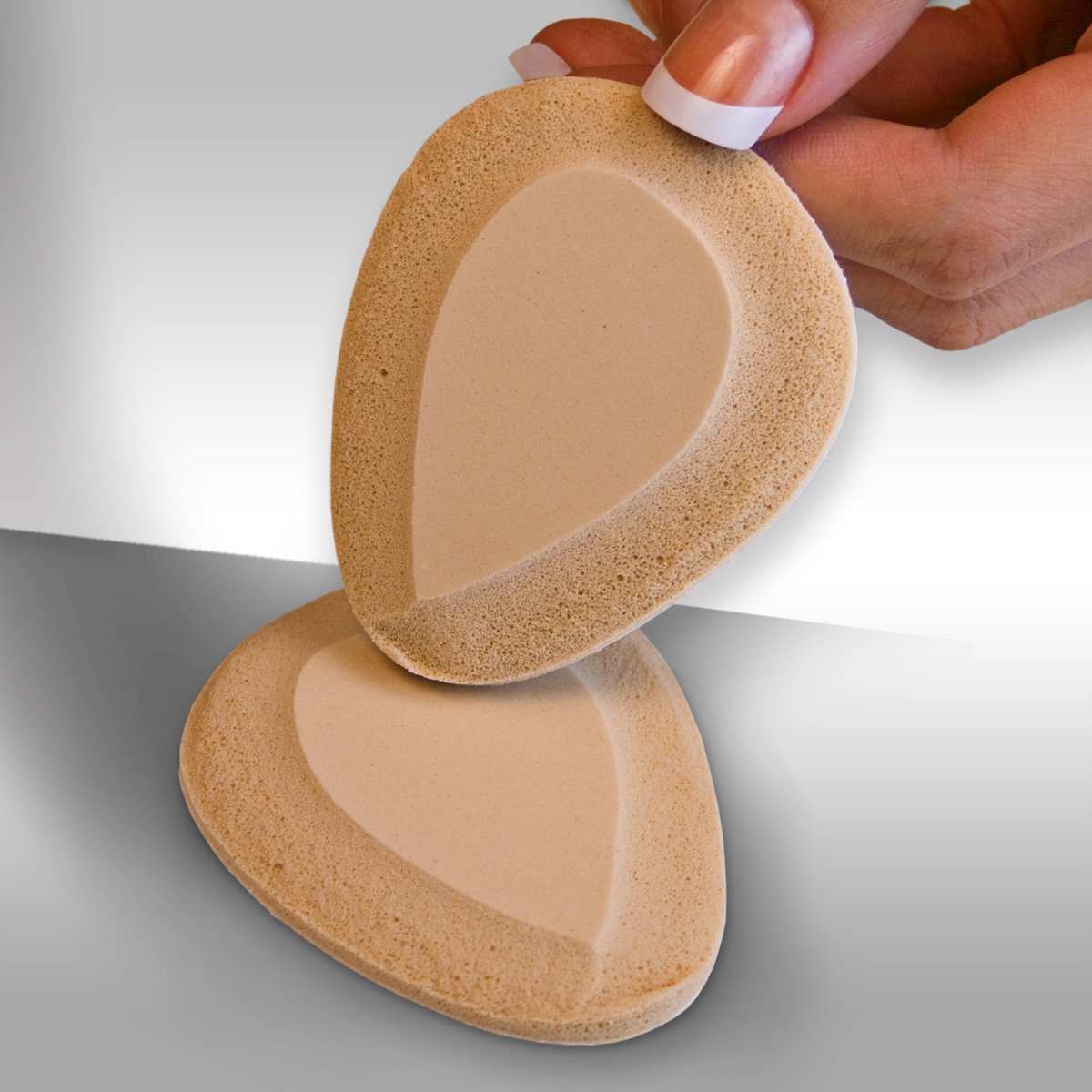 Metatarsal Pads - Foam are the same shape and size as our felt metatarsal pads, just a bit softer. Foam metatarsal pads are recommended to be used in the shoe. Foam metatarsal pads are a better choice when customers anticipate wet conditions such as inside a fireman's boot or muck boots.
Metatarsal Pads - Foam are the same shape and size as our felt metatarsal pads, just a bit softer. Foam metatarsal pads are recommended to be used in the shoe. Foam metatarsal pads are a better choice when customers anticipate wet conditions such as inside a fireman's boot or muck boots.
____________________
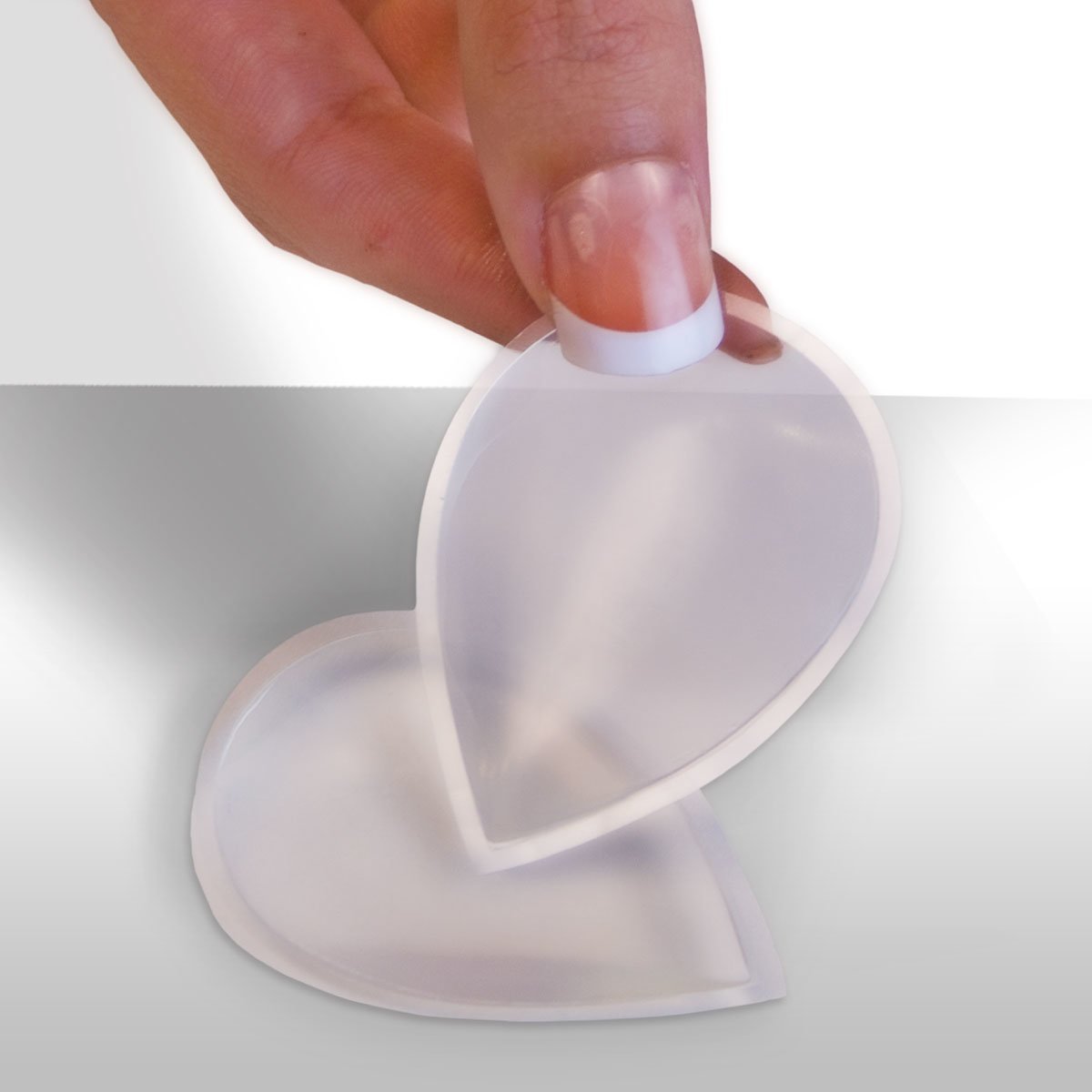 Gel Metatarsal Pads are specialty pads that are intended to be used in sandals. The clear Gel Metatarsal Pad is much less obvious in sandals. We recommend that you use the Gel Metatarsal Pad directly in the shoe and not on the foot.
Gel Metatarsal Pads are specialty pads that are intended to be used in sandals. The clear Gel Metatarsal Pad is much less obvious in sandals. We recommend that you use the Gel Metatarsal Pad directly in the shoe and not on the foot.
____________________
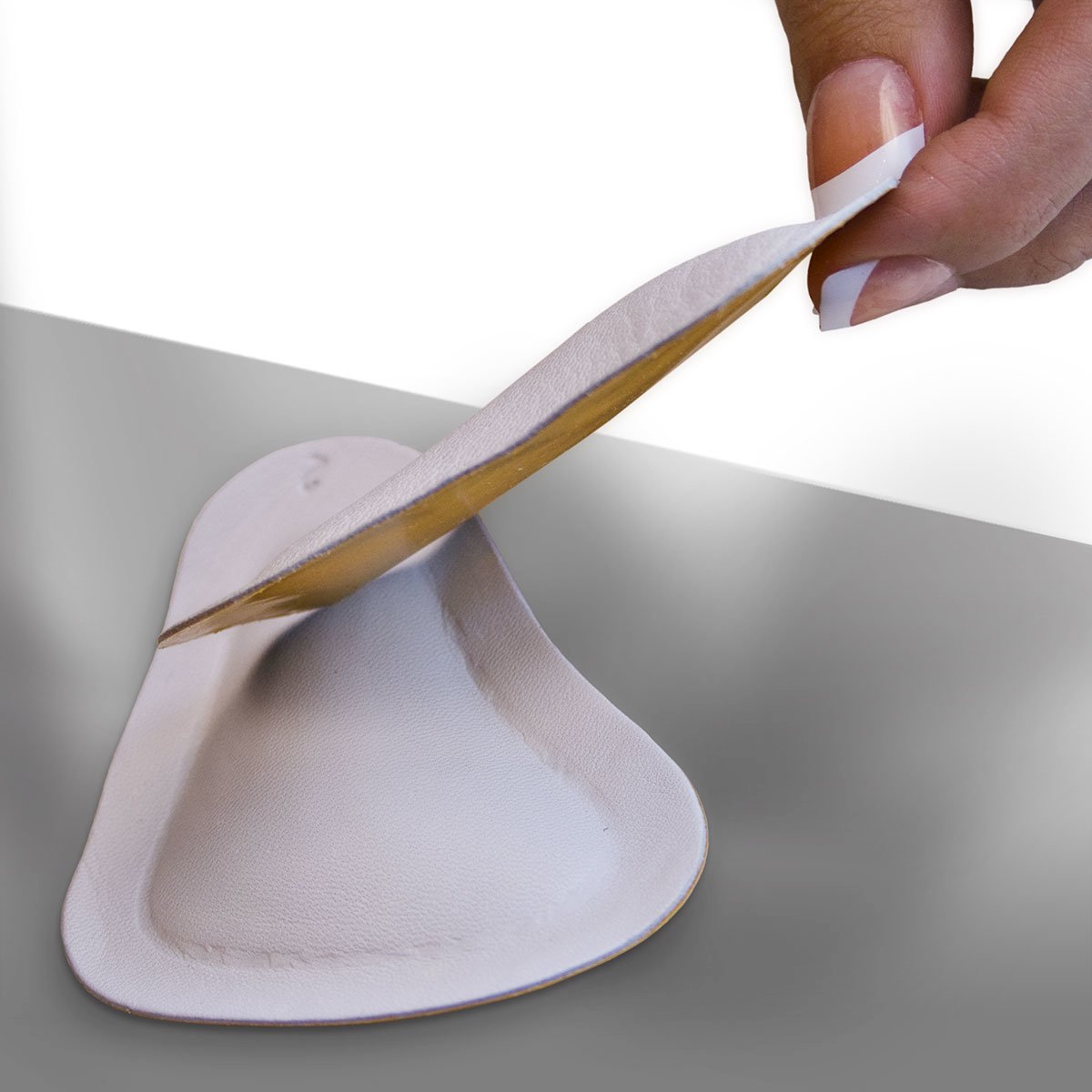 Pedag T-Form Metatarsal Pads are a softer metatarsal pad in a leather cover. The smooth profile of the Pedag T-Form metatarsal pad makes it an excellent choice for use in dress shoes. The shape of the Pedag T-Form Metatarsal Pad is much like a metatarsal bar and contours the more of the forefoot. We do not recommend use of the Pedag T-Form Metatarsal Pd directly on the foot.
Pedag T-Form Metatarsal Pads are a softer metatarsal pad in a leather cover. The smooth profile of the Pedag T-Form metatarsal pad makes it an excellent choice for use in dress shoes. The shape of the Pedag T-Form Metatarsal Pad is much like a metatarsal bar and contours the more of the forefoot. We do not recommend use of the Pedag T-Form Metatarsal Pd directly on the foot.
____________________
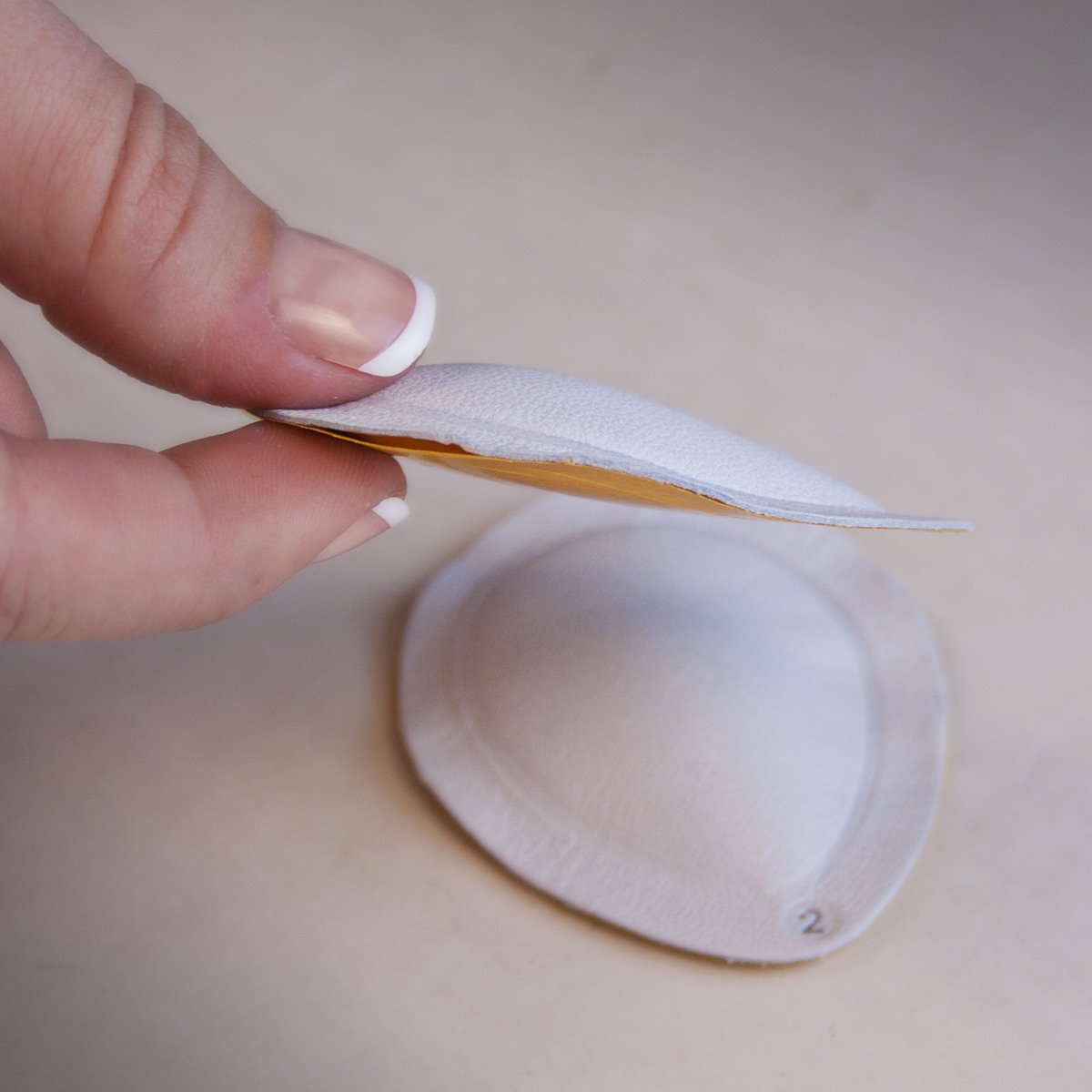 Pedag Drop Metatarsal Pads are very similar to the Pedag T-Form pads in density but vary in shape. Where the Pedag T-Form pad is bar-shaped, the Drop Metatarsal Pad is teardrop-shaped, much like the felt metatarsal pad. The choice between the Pedag T-Form and Pedag Drop pad is one of personal choice.
Pedag Drop Metatarsal Pads are very similar to the Pedag T-Form pads in density but vary in shape. Where the Pedag T-Form pad is bar-shaped, the Drop Metatarsal Pad is teardrop-shaped, much like the felt metatarsal pad. The choice between the Pedag T-Form and Pedag Drop pad is one of personal choice.
____________________
Which metatarsal pad is best for your needs? It's sometimes a tough decision that is based upon your individual needs. Be sure to contact us by live chat if you have any questions prior to purchase.
Jeff
Medical Advisor
Myfootshop.com
Updated 3/23/2021








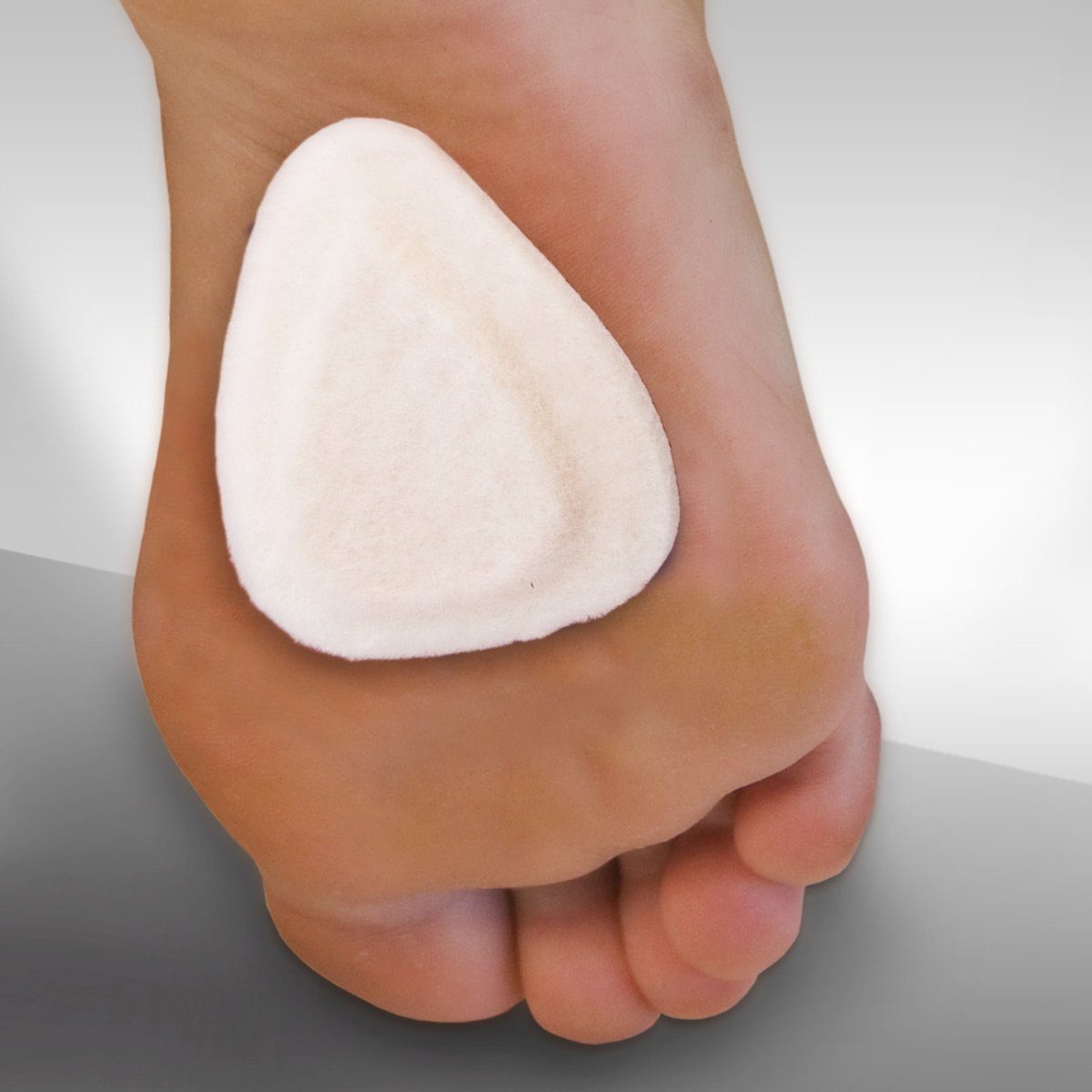

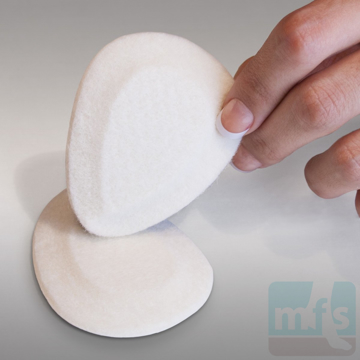
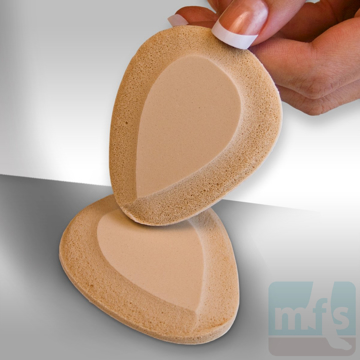
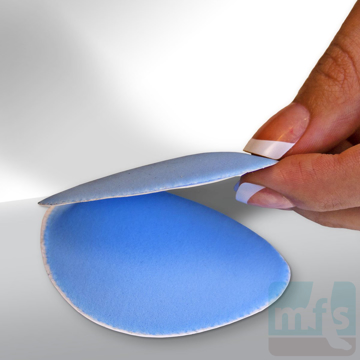
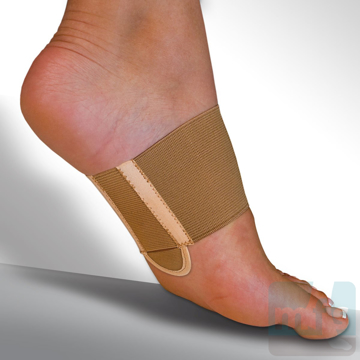
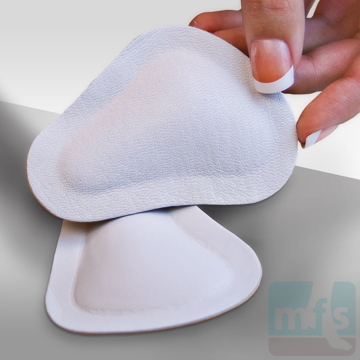
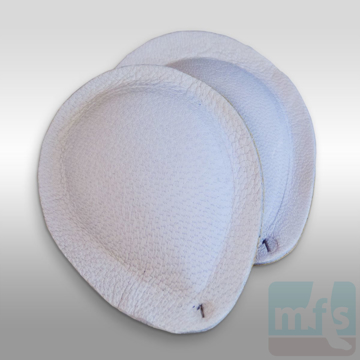




Another thing, you state that pads "increase the surface area of load bearing". They might accidentally do this to some degree but aren't they concentrating the load bearing back to the first metatarsal where it is primarily in a healthy foot?
Metatarsal pads have so many uses. I've found it most easy in my practice and on Myfootshop.com to described their use as off-loading. This is particularly true on the web when we do not have the ability to perform a physical exam. Semantics? Probably. But what's most important is that we need to describe to our patients the concept of what the met pad is doing. This way has worked best for me.
Transferring load to the first met? I'd default to a dancer's pad for that. That'll really focus the load with the sub one cut-out.
Thanks for your comments.